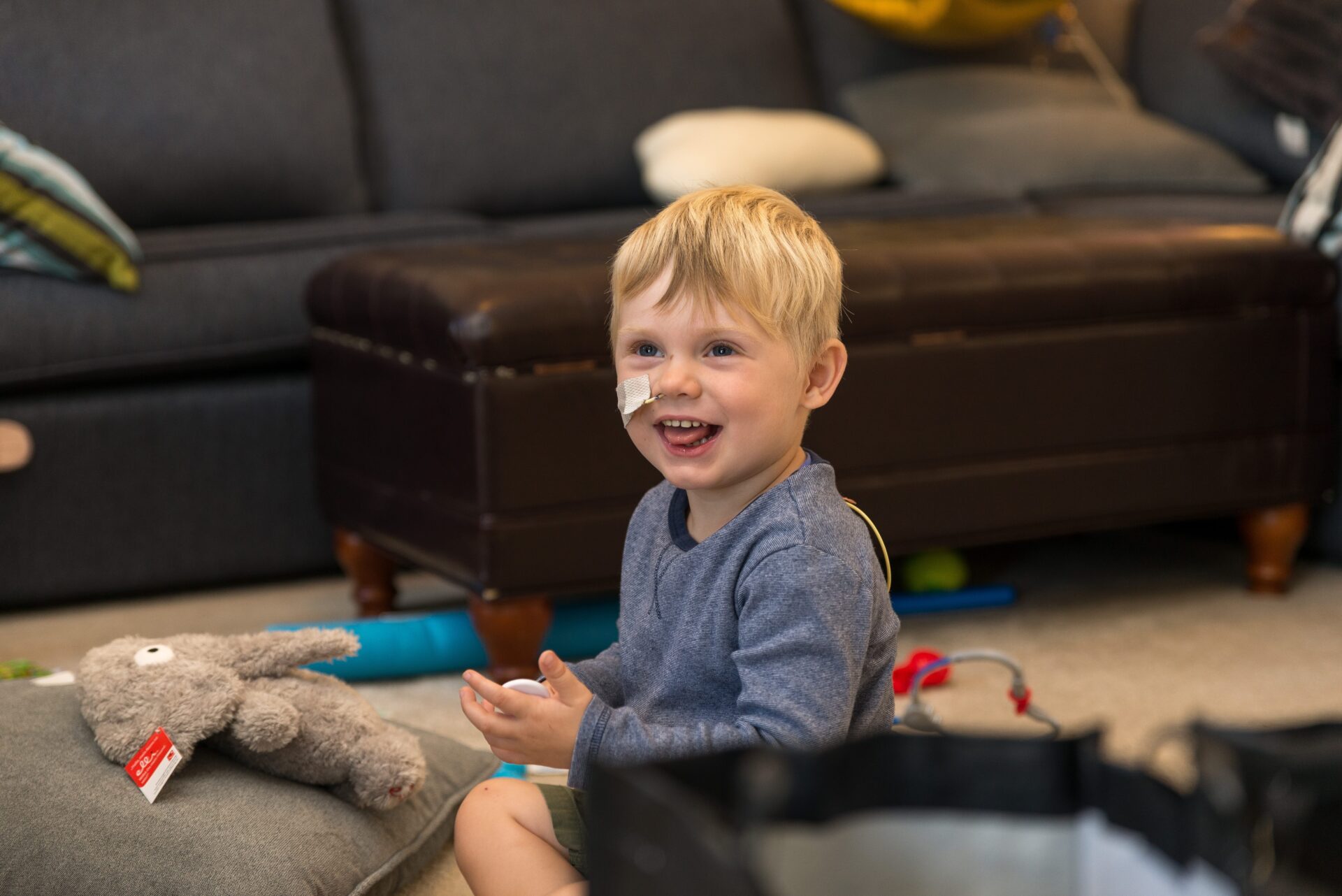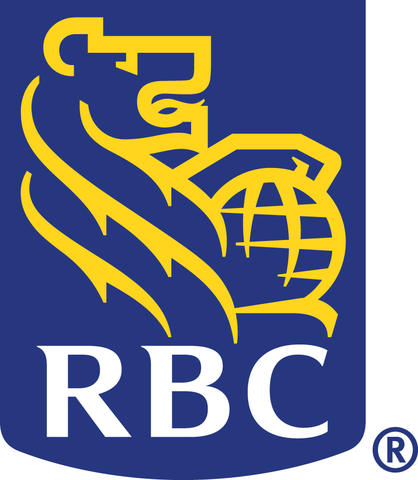Childhood cancer by the numbers
While the overall five-year survival rate for Canadian children with cancer is now over 80%, a survival rate says nothing of the survivor’s quality of life. Most children with cancer survive with at least one chronic health condition. A third of these conditions are severe and life-threatening. They grow worse with age and without any apparent plateau. The late effects of childhood cancer take a toll on the survivor, the family and the health care system.
On an international scale, a child dies of cancer every 3 minutes. In low- and middle-income regions of the world, the survival rate is as low as 20 per cent. Even in Canada, one in every five children diagnosed will not make it.
We need to do better.
Sources for the following statistics include Alberta Health Services, Cancer Care Alberta, Canadian Cancer Research Alliance, Cancer in Young People in Canada Program, World Health Organization, and Childhood Cancer International.
What to know
1
Cancer is the number one disease killing children.
2
Childhood cancer occurs randomly and spares no ethnic group, socioeconomic class, or geographic region.
3
Unlike adult cancers, the causes of most childhood cancers are still unknown and are not linked to lifestyle and environmental risk factors.
4
The incidence of childhood cancer is highest in the first five years of life. Children under the age of four are twice as likely to be newly diagnosed than children ages five to 14.
5
Among infants, zero to one year old, the most common malignant cancers are neuroblastomas, leukemias and central nervous system tumours.
6
Advances in cancer research and treatments have significantly improved the chances of survival for children in resource-rich countries like Canada.
7
In Canada today, nearly 84 per cent of children diagnosed with cancer survive.
8
Survival often comes at a price. Despite advances in research, two-thirds of children who survive cancer live with permanent side effects, which may include but are not limited to, deafness, blindness, growth issues, motor impairments, cognitive difficulties, organ failure, heart, kidney and fertility issues, psychological, neurological and endocrine disorders.
9
Although advances in research have improved the chances of survival, many children still die from the disease. High-risk cancers, including those of the central nervous system, certain leukemias, neuroblastomas and bone cancers, still have relatively low survival rates, between seven and 31 per cent.
10
Childhood cancer is consistently underfunded, accounting for only seven per cent of all cancer research funding in Canada today.
Alberta
1
Each year in Alberta, approximately 237 young people (ages 0 – 19) are diagnosed with cancer.
2
Of these children, about 27 will die of the disease.
3
Approximately two-thirds of childhood cancer survivors live with at least one chronic health condition due to the cancer treatments they received as children.
4
A third of these conditions are severe or life-threatening.
5
These conditions grow worse with age without any apparent plateau.
Canada
1
In 2012, approximately 1,400 Canadian children were diagnosed with cancer.
2
One in every five Canadian children with cancer do not survive.
3
There are an estimated 30,000 survivors of childhood cancer living in Canada today, many of whom live with life-long health problems related to the cancer treatments they received as a child.
World
1
Each year, an estimated 400,000 children and adolescents worldwide are diagnosed with cancer.
2
Eighty per cent of children with cancer live in developing nations and about 80 per cent of these kids die because they lack access to prompt, effective diagnoses and treatment.
3
Every three minutes, a child with cancer dies.















